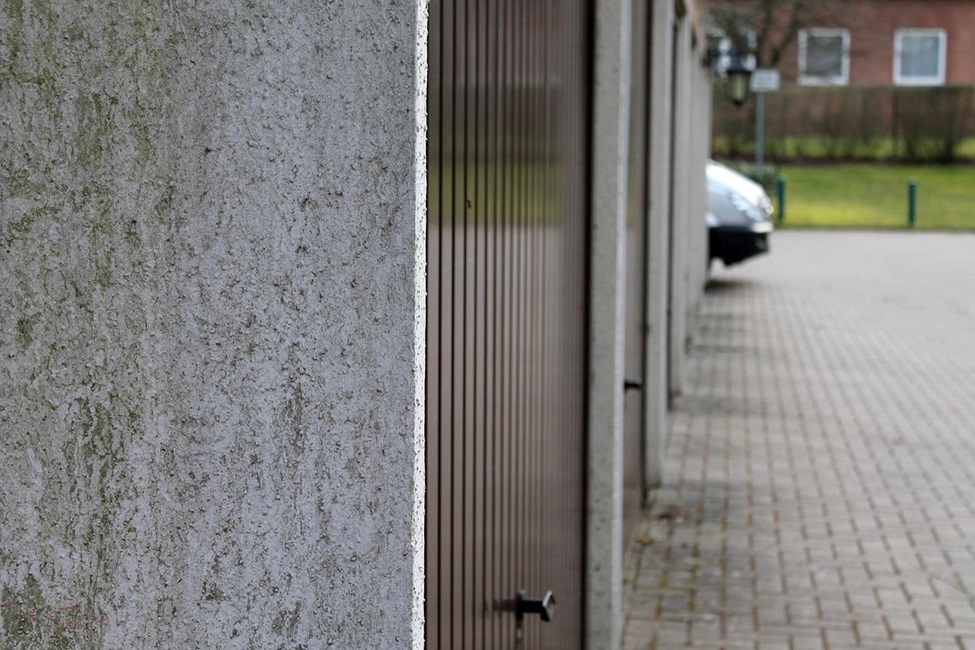
Wall-to-wall carpets are a popular choice for creating a comfortable and aesthetically pleasing environment. When selecting the perfect carpet for your space, one crucial decision to make is whether to opt for a natural or artificial carpet. Let’s find out the key differences between natural and artificial wall-to-wall carpets.
Material Composition
⮚ Natural Carpets: Natural carpets are typically made from fibers derived from renewable resources such as wool, sisal, jute, or seagrass. These materials offer a distinct, earthy texture and appearance, adding warmth and elegance to any room. Wool carpets are known for their durability and natural resistance to stains, while plant-based fibers like sisal and jute are sought after for their sustainable and eco-friendly qualities.
⮚ Artificial Carpets: Artificial carpets, often referred to as synthetic or man-made carpets, are made from petroleum-based materials such as nylon, polyester, or polypropylene. These materials are engineered to mimic the look and feel of natural fibers, offering a wide range of color options and patterns. Synthetic carpets are known for their exceptional stain resistance and high durability, making them suitable for high-traffic areas.
Durability and Maintenance
⮚ Natural Carpets: Natural carpets, particularly those made from wool, are renowned for their durability and longevity. Wool fibers are naturally resilient, which allows the carpet to retain its shape and appearance over time. However, they may require more frequent maintenance, including regular vacuuming and occasional professional cleaning, to prevent matting and maintain their luster.
⮚ Artificial Carpets: Artificial carpets are designed to withstand heavy use and are highly resistant to stains and fading. Synthetic fibers are often treated with stain-resistant coatings, making them easier to clean and maintain. Regular vacuuming and occasional spot cleaning are generally sufficient to keep artificial carpets looking fresh and vibrant.
Environmental Considerations
⮚ Natural Carpets: Natural carpets are considered a sustainable and eco-friendly choice. Fibers like wool, sisal, and seagrass are renewable resources, and their production processes have a lower environmental impact compared to synthetic materials.
⮚ Artificial Carpets: While synthetic carpets have made significant improvements in terms of environmental impact, their production processes still rely on non-renewable resources and can contribute to pollution. However, many manufacturers now offer eco-friendly options made from recycled materials, reducing their carbon footprint.
Comfort and Insulation
⮚ Natural Carpets: Natural carpets provide excellent insulation, helping to maintain a comfortable temperature within the room. Wool carpets, in particular, offer natural thermal properties, retaining warmth during colder months and providing insulation against sound.
⮚ Artificial Carpets: Artificial carpets also offer good insulation, helping to reduce noise transmission and maintaining a comfortable environment. They are generally softer underfoot compared to natural carpets, offering a plush and cushioned feel.
Cost and Affordability:
⮚ Natural Carpets: Natural carpets, especially those made from high-quality wool, tend to be more expensive compared to artificial carpets. However, their durability and timeless appeal can make them a worthwhile long-term investment.
⮚ Artificial Carpets: Artificial carpets are generally more budget-friendly compared to natural options. They provide a cost-effective solution without compromising on style and durability.
Conclusion
Ultimately, the decision should be based on your specific needs, preferences, and the desired ambiance you want to create in your space.




